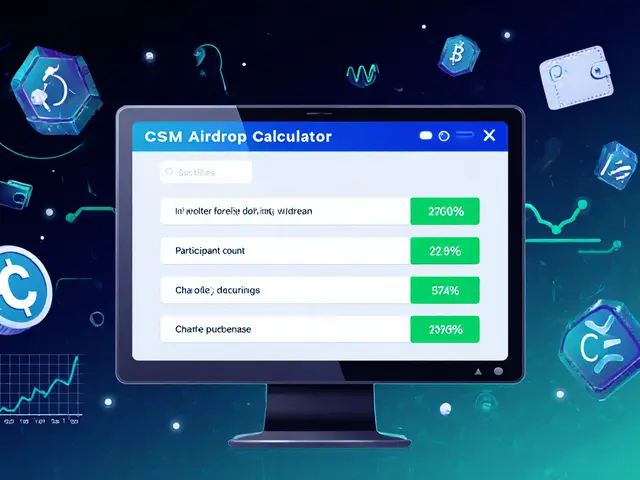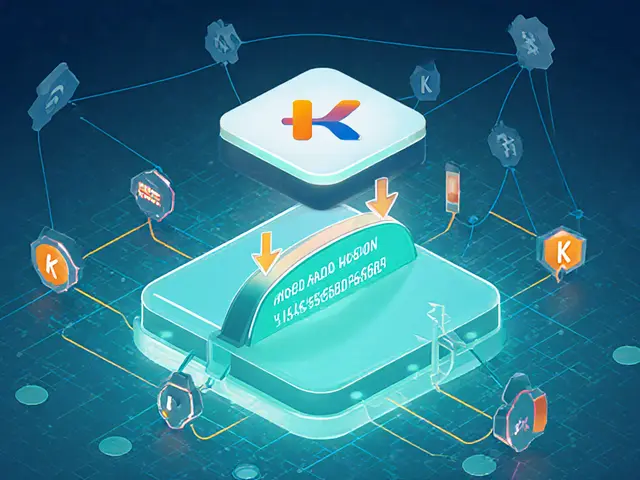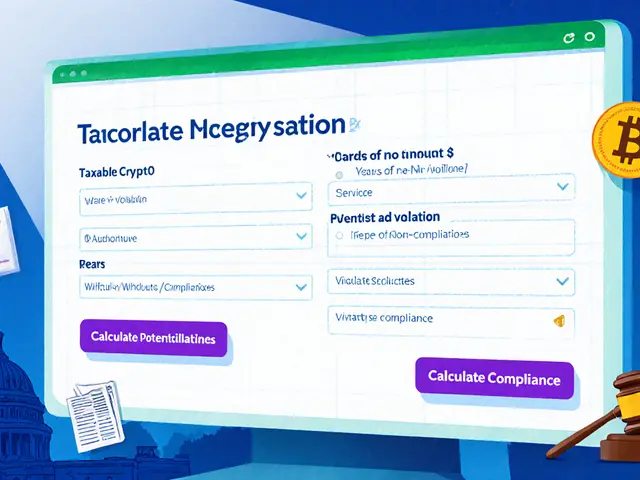Cryptocurrency Mining: Basics, Hardware, and Regulations
When working with Cryptocurrency mining, the process of validating blockchain transactions by solving cryptographic puzzles. Also known as crypto mining, it fuels most public blockchains and creates new coins.
One of the most recognizable examples is Bitcoin mining, the original implementation of mining on the Bitcoin network, which runs on a proof‑of‑work, a consensus method that requires miners to solve computational challenges to add a block. To meet those challenges, miners rely on specialized mining hardware, high‑performance GPUs or ASIC machines designed for hash calculations. The hardware’s power draw directly ties into energy consumption, which in turn shapes profitability and influences crypto mining regulation, government policies that address environmental impact and financial oversight. In short, cryptocurrency mining encompasses proof‑of‑work consensus, demands efficient hardware, and is governed by regional rules that affect both costs and legal standing.
What You’ll Find Below
Our collection dives deeper into each of these angles. You’ll see hands‑on guides for setting up ASIC rigs, breakdowns of how energy tariffs affect marginal miners, and updates on the latest regulatory moves in places like Pakistan and China. Whether you’re curious about the technical side, the financial calculus, or the policy landscape, the articles ahead give you practical insights you can act on right away.
Scroll down to explore detailed posts that match your interest, from hardware reviews to country‑specific mining laws, and start shaping your own mining strategy with confidence.
A clear, conversational guide explains what ASIC miners are, how they differ from GPUs/CPUs, key manufacturers, setup steps, cost factors, and future trends for cryptocurrency mining.



 Finance
Finance




